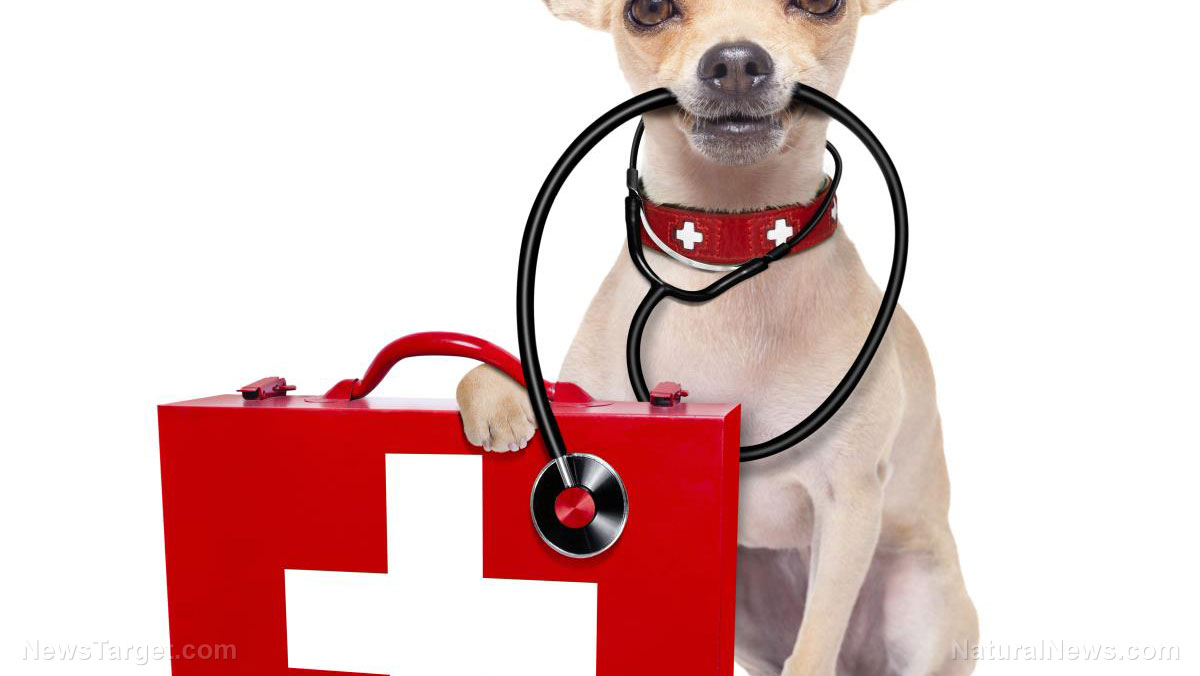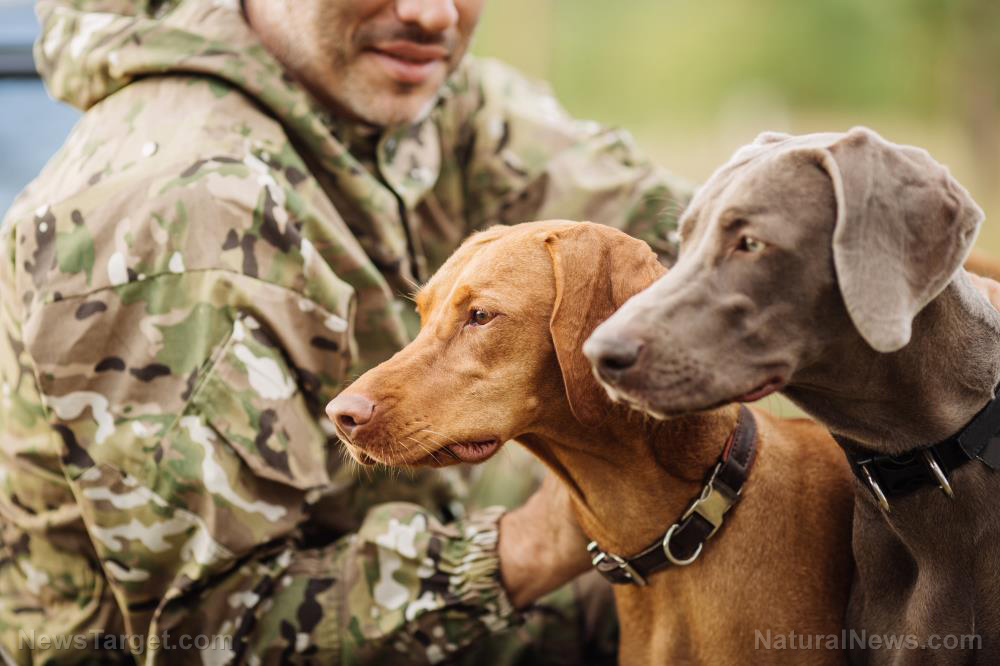Do you have a first aid kit for your pets?
06/21/2019 / By Mary Miller

You might have your own first aid kit in case of emergencies, but do you also have one for your beloved Fluffy or Fido? Pet preparedness is one of the most overlooked topics when SHTF. This is most unfortunate since most pet owners would certainly want their pets to survive alongside them, regardless of whatever disasters they face. You can improve your pet’s chances of survival by packing these useful items for your pet’s first aid kit. (h/t to JustPlainMarie.ca)
First aid book for cats and dogs
A first aid manual for pets can go a long way in instructing you how to apply proper first aid to your pet in case of emergencies. Ideally, you should already be reading this book and familiarizing yourself with basic concepts before a disaster, rather than during it. If you want to take it a step further, you can even attend a first aid course for pets. (Related: Pet prepping: Emergency treatments you should learn, just in case.)
Medical records
Put together a file of all your pet’s health records, medical history, current medications, and supplements. Take care to include relevant information on any chronic conditions your pet might have, as well as the phone number of your pet’s veterinarian and the emergency numbers of your local emergency veterinary clinics and shelters.
Adhesive tape for bandages
You need the adhesive tape to secure bandages, gauze wraps, and splints. Be sure that your pet’s first aid kit only includes adhesive tape meant for pets, not human adhesive bandages.
Alcohol swabs or wipes
These alcohol swabs and wipes are useful for sterilizing medical instruments or small areas of your pet’s skin.
Bandages, towels, or strips of clean cloth
Once your pet’s injury has been thoroughly disinfected with the alcohol swabs, you can wrap the area with vet bandages or clean cloth to stop the bleeding and protect the wound from possible infection. Whatever material you use to cover up your pet’s wounds should not stick to fur or hair.
Digital thermometer
You can use a non-mercury, rectal, digital thermometer to measure your pet’s temperatures. Keep a guide of your pet’s normal temperature range that you can easily refer to. Don’t forget to bring spare batteries for your thermometer.
Hydrogen peroxide
A three percent concentration of hydrogen peroxide can be used to induce vomiting if you think your pet may have swallowed any harmful substances. However, this should only be done under the guidance of an experienced veterinarian or your local poison control center.
Eyedropper or a large syringe without a needle
You can use an eye dropper or a needleless syringe to administer oral treatments or flush out wounds with a sterile saline solution. You can even use it to rinse out your pet’s eyes as necessary.
Sterile saline solution
A sterile saline solution can come in handy when it comes to cleaning your pet’s wounds or if your pet requires a quick eye rinse.
Scissors
Do not use a regular pair of scissors on your pet. Your scissors should have blunt ends to prevent harming your pet, in case you need to trim some of their fur or cut off their bandages.
Cold pack
Use a cold pack to reduce swelling of your pet’s injured area. It can also be used to cool off your pet during warm weather.
Be sure to always take your pet’s health into consideration during emergencies.
Sources include:
Tagged Under: bug out, bug out bag, dog emergency kit, dogs, emergencies, emergency preparedness, first aid, first-aid kit, off grid, outdoors, pet health, pet preparedness, Pets, preparedness and survival, prepper, prepping, prepping tips, self-reliance, SHTF, survival, survival tools
RECENT NEWS & ARTICLES
COPYRIGHT © 2017 PREPAREDNESS NEWS


















